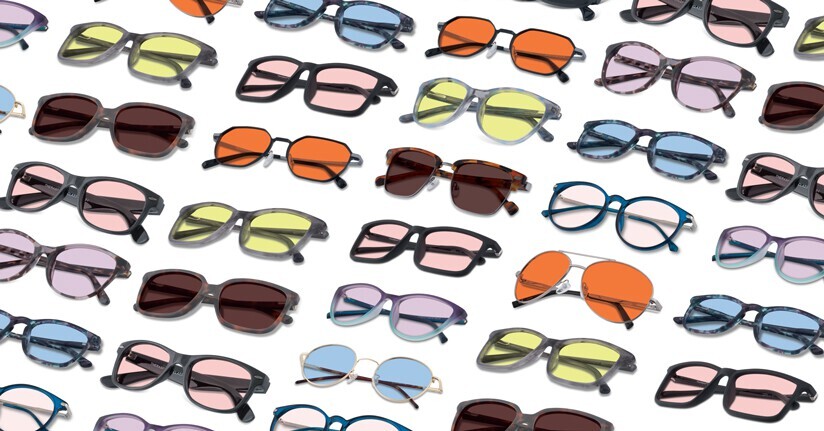Migraine Aura Looks Different for Different People
Research on migraine aura has been difficult because of how researchers typically collect the data. Patients are usually asked to self-report details of their aura and migraine attack after the attack is over. While this has given us some good basic information about aura, the difficulty in recalling details after an attack has left some holes in the data. A study that gathered data in a novel way has provided some interesting insight into what aura looks and feels like.
In this study, patients reported their symptoms using an electronic device within an hour of the start of the aura. From 267 people who had migraine with typical aura, researchers gathered data on a total of 861 migraine attacks.
The four most prevalent visual aura symptoms were:
- Dots or flashing lights (70% of participants)
- Wavy or jagged lines (47%)
- Blind spots (42%)
- Tunnel vision (27%)
Often, participants experienced more than one visual symptom at a time. "It's clear that these symptoms rarely occur in isolation; rather, they seem to come in all kinds of different combinations of these symptoms, adding to this notion that migraine aura is very heterogeneous, very variable," said researcher Jakob Møller Hansen, MD, PhD.
Just over half (52%) of study participants also reported nonvisual aura symptoms. Once again, many had more than one symptom. Some had only one, but others had as many as four. Multiple symptoms occurred in numerous different combinations.
- Numbness or pins and needles (29.5% of participants)
- Difficulty remembering information or speaking (26%)
- Changes in smell (19%)
- Changes in taste or touch (14%)
At the beginning of the study, participants provided detailed descriptions of what their migraine auras and attacks were like. This was using the typical method of self-report after an attack was over. The differences between patient reports beforehand and the symptoms they recorded during the study are notable.
- 95.9% of patients reported beforehand that nausea was an aura symptom; data collected during attacks showed 49% of attacks did not include nausea. (Interestingly, the severity of nausea seemed to decrease the older a participant was.)
- About half reported phonophobia and photophobia as symptoms before the study began; in 16% of attacks, photophobia occurred without phonophobia.
Want to know more about how light can affect individuals with migraine? Download our free ebook!

REFERENCES
Anderson, P. (2016, Jun 3). Aura Symptoms Highly Variable in Patients With Migraine. Medscape. Retrieved 6/5/16 from http://www.medscape.com/viewarticle/864254.
Hansen, J. M., Goadsby, P. J., & Charles, A. C. (2015). Variability of clinical features in attacks of migraine with aura. Cephalalgia, 0333102415584601.

TheraSpecs® Glasses for Light Sensitivity
Find the glasses that fit your needs and lifestyle, and stay protected from screens, fluorescents, unwanted blue light, sunlight, flashing lights, and more.
Shop Now



